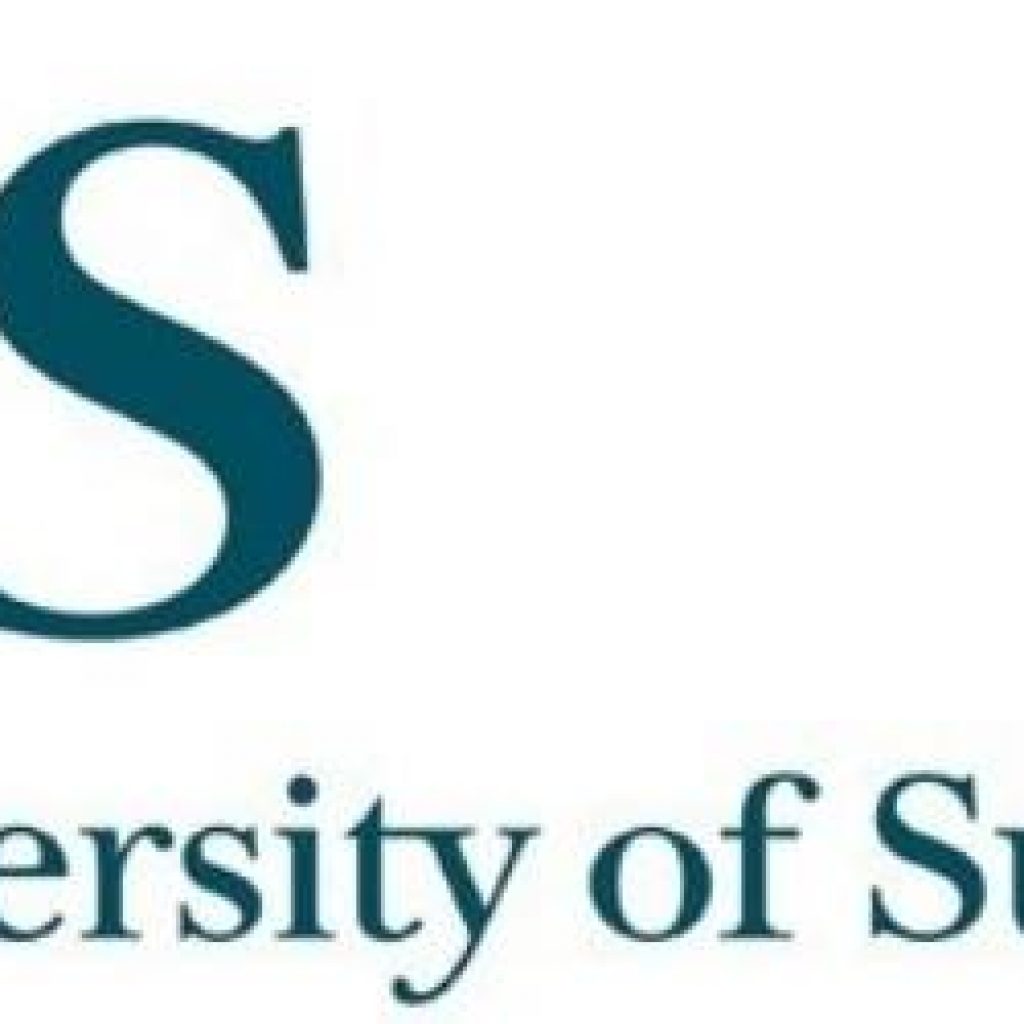(Phys.org) Quantum physicists at the University of Sussex have created an algorithm that speeds up the rate of calculations in the early quantum computers which are currently being developed. They have created a new way to route the ions—or charged atoms—around the quantum computer to boost the efficiency of the calculations.
The team working on this project was led by Professor Winfried Hensinger and included Mark Webber, Dr. Steven Herbert and Dr. Sebastian Weidt. The scientists have created a new algorithm which regulates traffic within the quantum computer just like managing traffic in a busy city. In the trapped ion design the qubits can be physically transported over long distances, so they can easily interact with other qubits. Their new algorithm means that data can flow through the quantum computer without any ‘traffic jams’. This in turn gives rise to a more powerful quantum computer.
the Sussex scientists have discovered that their quantum computing approach can achieve an impressive level of computational power. ‘Quantum Volume’ is a new benchmark which is being used to compare the computational power of near term quantum computers. They were able to use Quantum Volume to compare their architecture against a model for superconducting qubits, where they assumed similar levels of errors for both approaches. They found that the trapped-ion approach performed consistently better than the superconducting qubit approach, because their routing algorithm essentially allows qubits to directly interact with many more qubits, which in turn gives rise to a higher expected computational power.
U of Sussex Researchers Create Algorithm that Speeds Up Calculations in Quantum Computers
